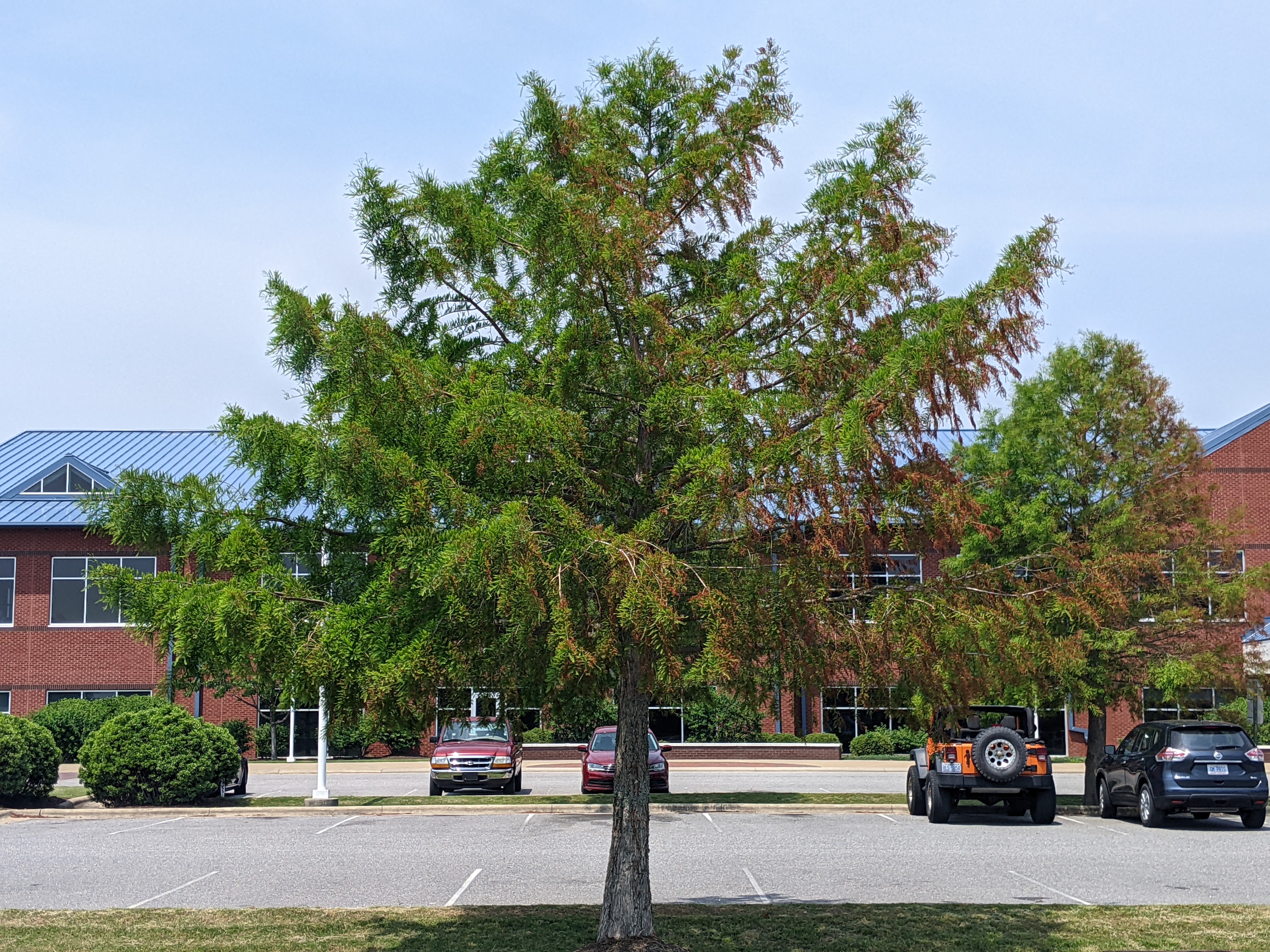Salt Spray Damage
go.ncsu.edu/readext?866395
en Español / em Português
El inglés es el idioma de control de esta página. En la medida en que haya algún conflicto entre la traducción al inglés y la traducción, el inglés prevalece.
Al hacer clic en el enlace de traducción se activa un servicio de traducción gratuito para convertir la página al español. Al igual que con cualquier traducción por Internet, la conversión no es sensible al contexto y puede que no traduzca el texto en su significado original. NC State Extension no garantiza la exactitud del texto traducido. Por favor, tenga en cuenta que algunas aplicaciones y/o servicios pueden no funcionar como se espera cuando se traducen.
Português
Inglês é o idioma de controle desta página. Na medida que haja algum conflito entre o texto original em Inglês e a tradução, o Inglês prevalece.
Ao clicar no link de tradução, um serviço gratuito de tradução será ativado para converter a página para o Português. Como em qualquer tradução pela internet, a conversão não é sensivel ao contexto e pode não ocorrer a tradução para o significado orginal. O serviço de Extensão da Carolina do Norte (NC State Extension) não garante a exatidão do texto traduzido. Por favor, observe que algumas funções ou serviços podem não funcionar como esperado após a tradução.
English
English is the controlling language of this page. To the extent there is any conflict between the English text and the translation, English controls.
Clicking on the translation link activates a free translation service to convert the page to Spanish. As with any Internet translation, the conversion is not context-sensitive and may not translate the text to its original meaning. NC State Extension does not guarantee the accuracy of the translated text. Please note that some applications and/or services may not function as expected when translated.
Collapse ▲Have you noticed your trees and shrubs are starting to brown, and you’re worried something might be killing them? If you’ve seen the browning in the past week, (May 16th-May 20th of 2022), there’s a good chance the damage is from salt spray. After the early May Nor’easter, we’ve seen excessive browning of trees and shrubs here in Currituck, especially along the sound. What makes this damage worse than past storms, seems to be the dry spring period, coupled with the 5-day period of sustained 20+ mph winds and relatively low rainfall. Previously, similar storm conditions have been documented as recently as 2006 in New England¹, and damage was most severe on evergreens².
So how do you know if your tree/shrub damage is from salt spray? Our first indicator is the timing of the damage. Salt damage is usually noticed one to two weeks after a major storm. The next sign is damage to a wide variety of plants. Normally, diseases and pests damage one type of plant; damage is rarely seen across multiple plant families. The most apparent sign is damage on the north-facing side of the plant (image below). Strong winds from the northeast push salty air from the sound and ocean onto the plants, causing the leaves to burn on the edges. If you go to the opposite side of the tree, you should notice a reduction in the browning effect from the salt.

The next logical question is, “will my plant die?” Usually no, but it depends on the plant species and how long it was exposed2. However, regardless of the species, damaged trees and shrubs can be stressed from salt spray, making them more susceptible to disease and pest pressure while they’re recovering. To combat this, make sure you water your plants, especially when it is hot and dry, and avoid fertilizing the affected plants or the area around them. Most fertilizers are salt formulations that can add to the salt spray damage³. Ultimately, most trees and shrubs will outgrow the damage within a year.
For more information or for questions on other horticulture topics please contact Adam Formella by phone at 252-232-2261or by email at adam_formella@ncsu.edu.
Citations
- Griffiths, M. E. (2006). Salt Spray Accumulation and Heathland Plant Damage Associated with a Dry Tropical Storm in Southern New England. Journal of Coastal Research, 22(6), 1417–1422. http://www.jstor.org/stable/30138406.
- Wyman, D. (1939). Salt Water Injury of Woody Plants Resulting from the Hurricane of September 21, 1938. Bulletin of Popular Information (Arnold Arboretum, Harvard University), 7(10), 45–52. http://www.jstor.org/stable/42962198.
- Oktay, S. (2011). Salt Spray like a Margarita. UMass Boston News. https://www.umb.edu/news/detail/salt_spray.




